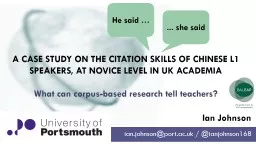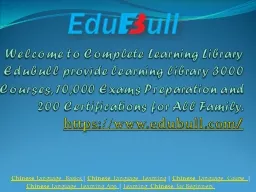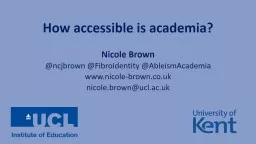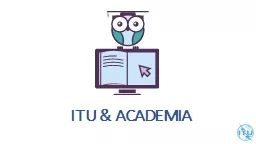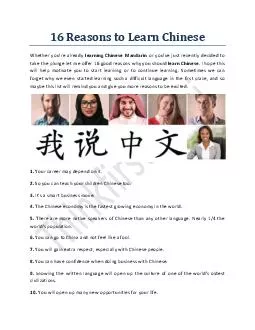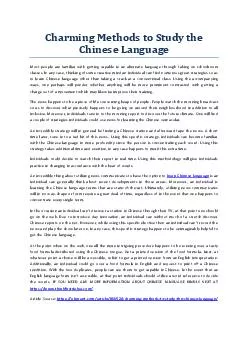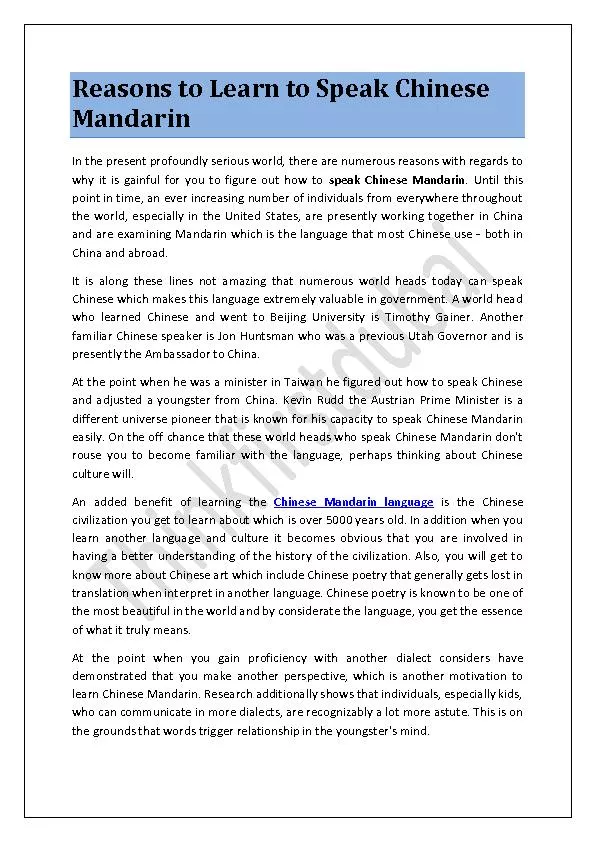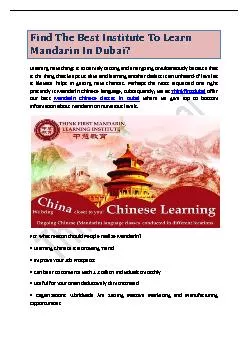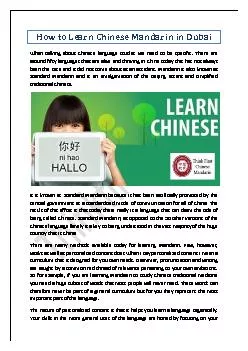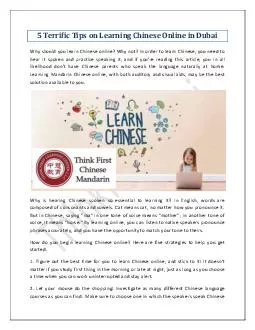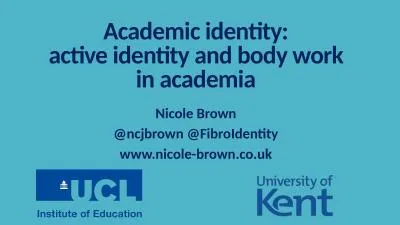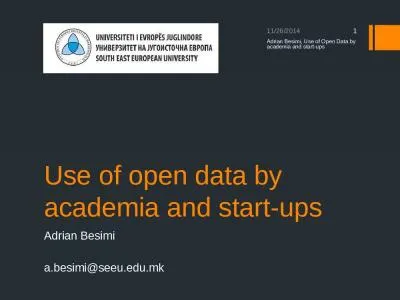PPT-A case study on the citation skills of Chinese l1 speakers, at novice level in UK academia
Author : test | Published Date : 2019-11-24
A case study on the citation skills of Chinese l1 speakers at novice level in UK academia What can corpusbased research tell teachers ianjohnsonportacuk ianjohnson168
Presentation Embed Code
Download Presentation
Download Presentation The PPT/PDF document "A case study on the citation skills of C..." is the property of its rightful owner. Permission is granted to download and print the materials on this website for personal, non-commercial use only, and to display it on your personal computer provided you do not modify the materials and that you retain all copyright notices contained in the materials. By downloading content from our website, you accept the terms of this agreement.
A case study on the citation skills of Chinese l1 speakers, at novice level in UK academia: Transcript
Download Rules Of Document
"A case study on the citation skills of Chinese l1 speakers, at novice level in UK academia"The content belongs to its owner. You may download and print it for personal use, without modification, and keep all copyright notices. By downloading, you agree to these terms.
Related Documents

